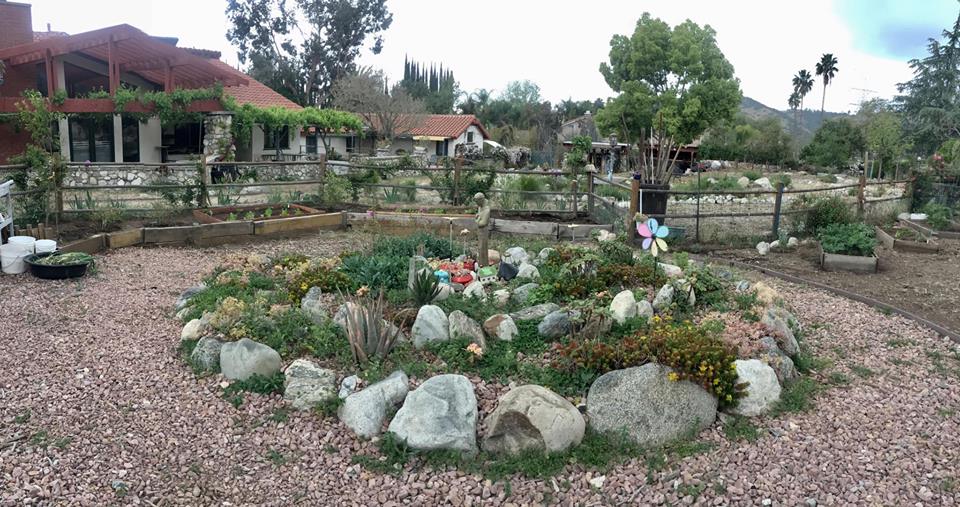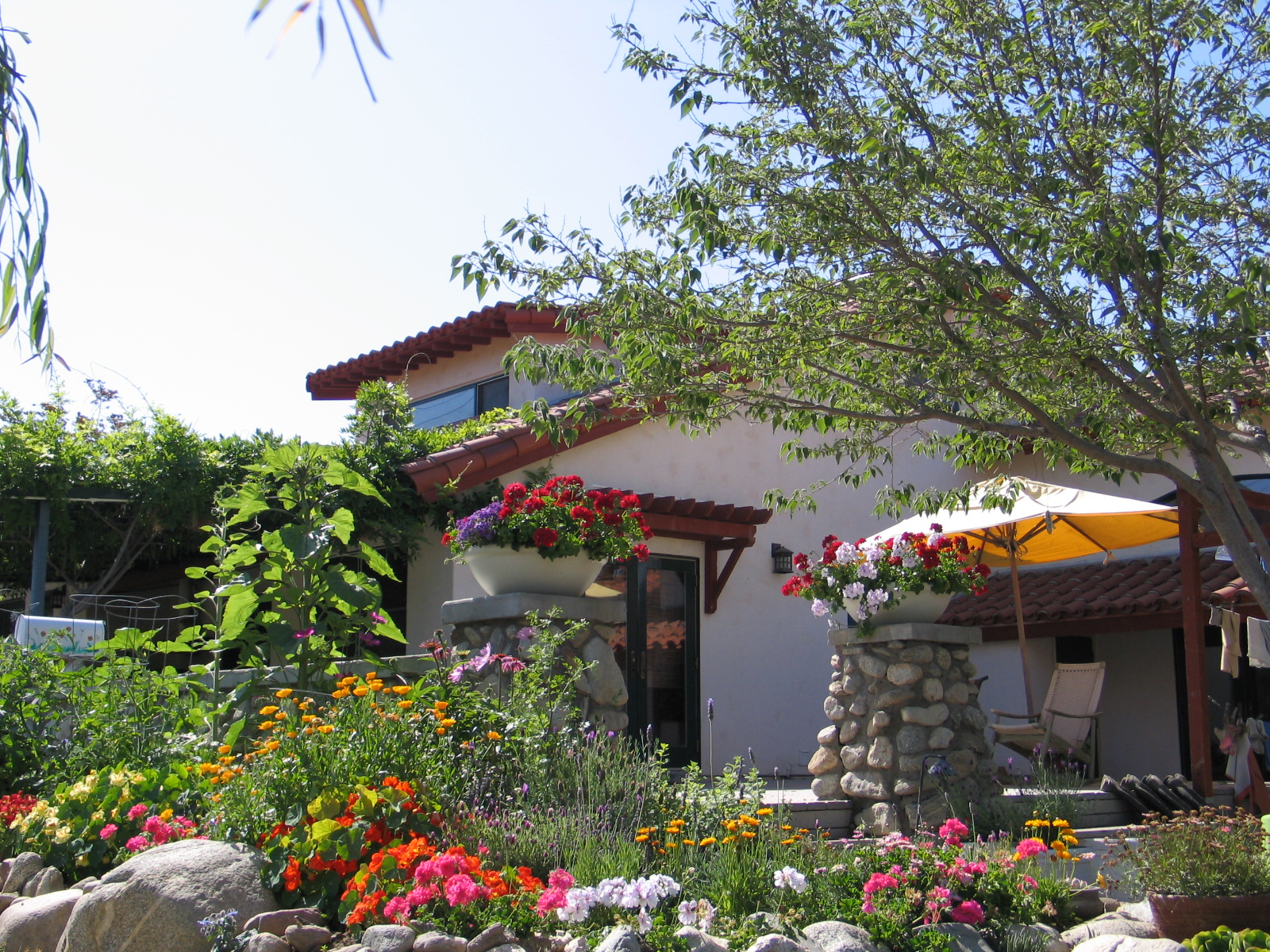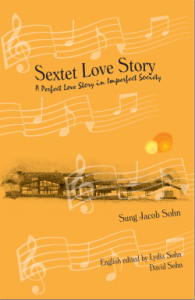Re-envisioning a Holistic Educational Model
Lessons from the Healthy Biotic Community Life Cycle

This blog is a partial content—Dr. Sung Sohn’s most recent article has been updated participating two conference: Claremont Eco-Civilization Conference (April 19 – 20) and Korea Eco-Forum Conference (October 2-5), 2019.
Holistic educational models have emerged interconnecting religion, education and spirituality. The primary intention of these models is to guide people toward an ideal of holistic health where there is appreciation for the natural environment, spiritual awareness towards the self, strong sense of community, and sustainably built physical structures. Examples of such models are: The Native American Tribe Center Model (Cajete, 1994), The Stewardship Model (Moore, 1998) and The Eco-Therapy Model (Clinebell, 1996). However, these models are not universally applicable to different contexts; each model faces difficulty in being applied beyond indoor classrooms, weekend workshops or a seasonal or yearly events. Such education models, if they truly want to be transformative, must be continuously and consistently applicable to any context, such that they help one to learn transformative habits for life-long wellness of the individual, the community, and the Gaian earth.
Twenty years ago, the Myra House project began in order to meet such a need for a holistic way of living. Among the various intentional communities, the Cistercian community was the most inspirational in creating the guidelines and ideals for Myra House. Cistercian monks not only live in a community of solitude, but they also create a contemplative architectural style and structural environment by conserving the natural environment and realizing their imagination through diligent hands-on labor. Francis’ humble ideals and passion for harmonious living with all creation have been inspirational. These ideals are an important backbone Myra House project and curriculum.
Through the observation of Myra House’s projects, each living organism takes on a biotic community and interacts with other organisms, whether they are living together in a social ecology setting, or a garden ecology setting, in a specific habitat. Whitehead’s conception—the “process of becoming” in the philosophy of organism—explains that an organism becomes an ultimate entity as each one goes through organic relations with the larger structures of nature and the enduring structures of activities. I contend that each biotic community goes through a natural and healthy life-cycle in four stages: Germination, Differentiation, Accommodation, and Cross-pollination.
This paper will examine four stages of the following biotic entities: two monastic communities (Cistercian and Franciscan), the garden community and the intentional family of the Myra House. The paper will also examine the constraints of the holistic approach for small-scale educational models in communal settings. We will explore the following pressing questions regarding creating and sustaining such communities: How much renewable technology support is required? What are simple and practical ways to be more holistically sustainable? What kind of eco-program is necessary and most effective to educate ourselves and our children to act in more harmony with nature?
— If you want to access full content of the paper including the bibliographical reference, please email to Dr. Sung Sohn at ssohn@myrahouse.com

 Welcome to the Myra House Holistic Living Center -
Welcome to the Myra House Holistic Living Center -
